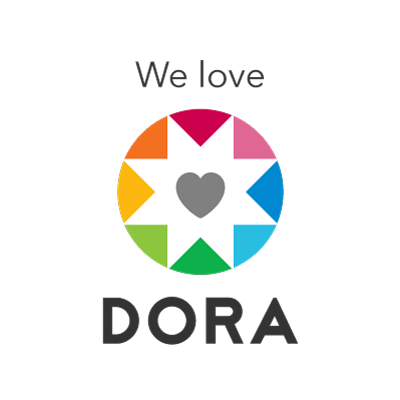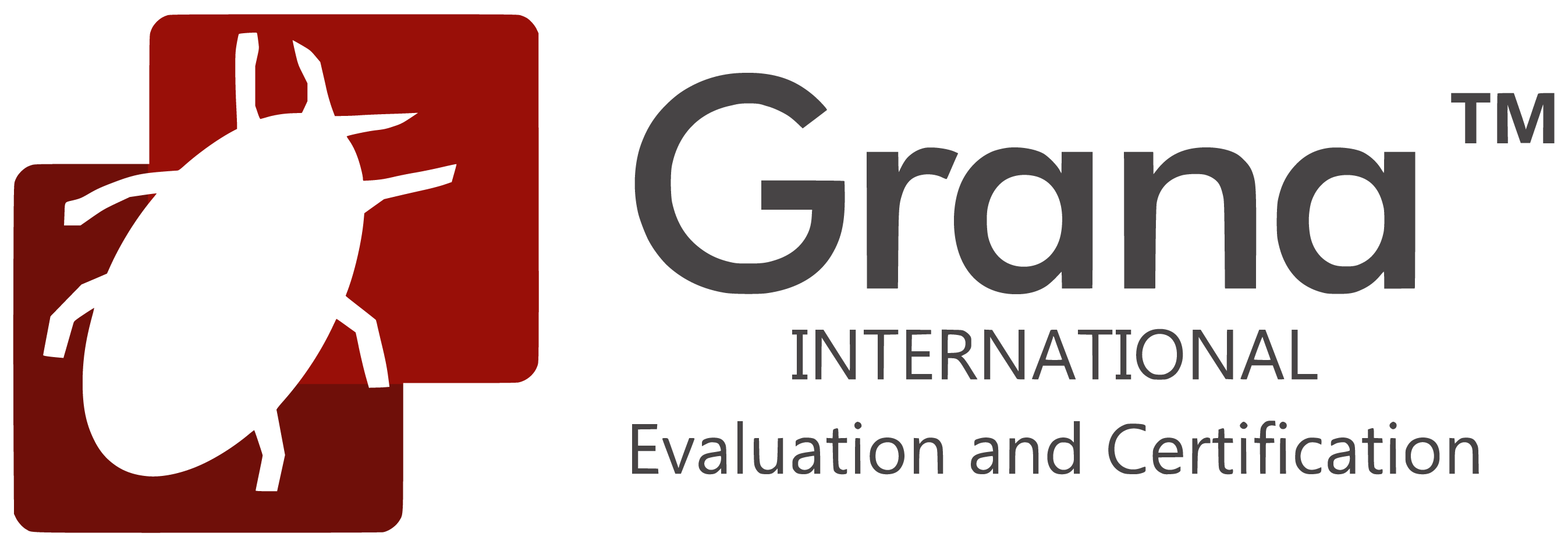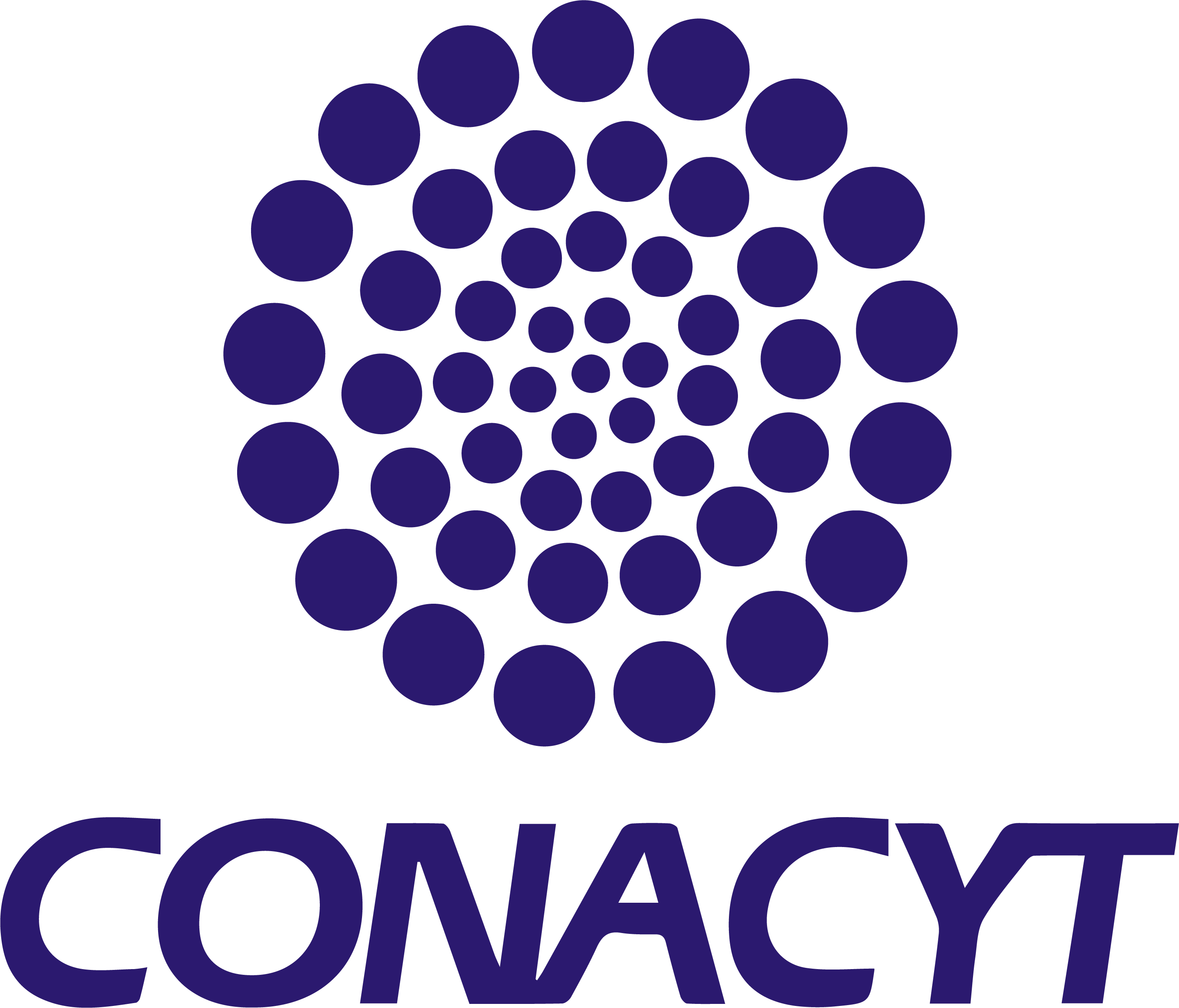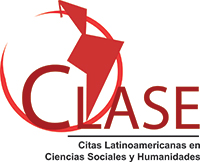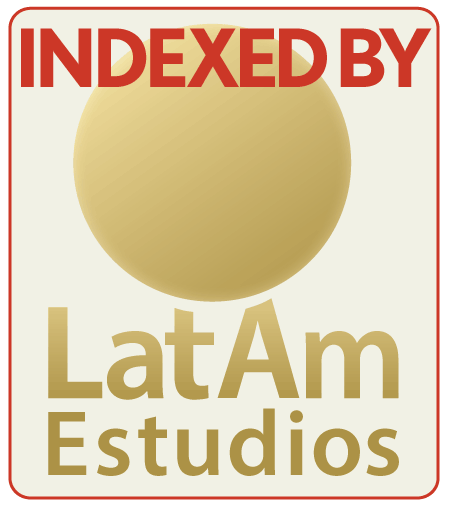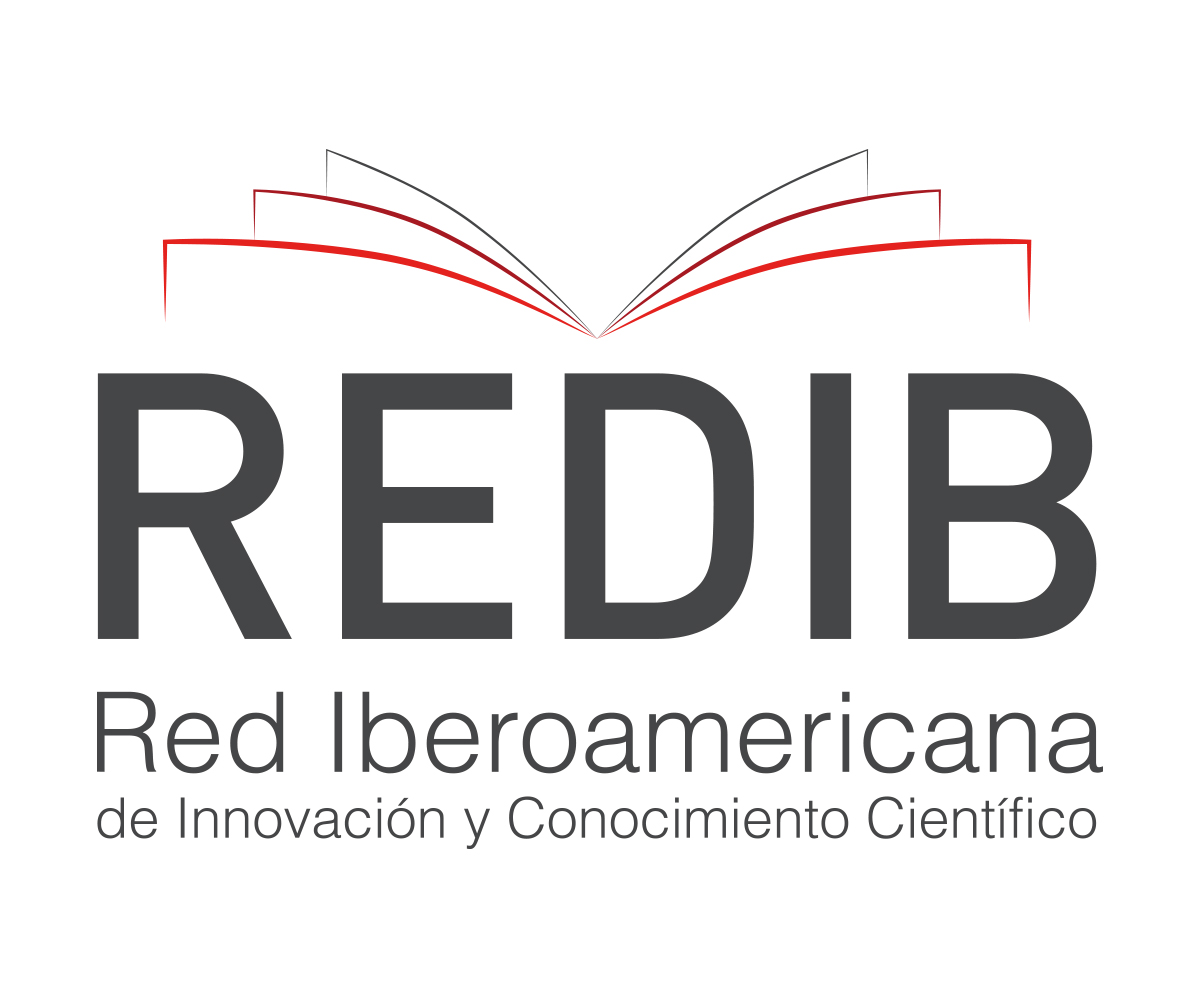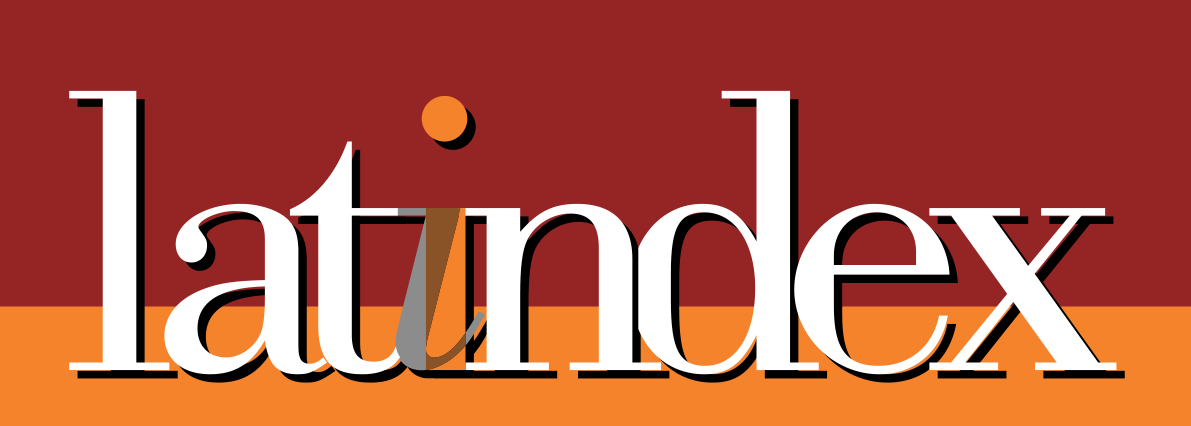Interpretation of the well-being and quality of life of beneficiaries of the Young Building the Future program based on personological characteristics
Abstract
The present research was conducted in the municipality of Othón P. Blanco, Quintana Roo, Mexico. The objective was to determine the personality characteristics of individuals who access the social program Jóvenes Construyendo el Futuro in Othón P. Blanco based on their interpretation of personal well-being and quality of life. It was considered that the importance of the variable being studied directly influenced their interpretation of reality and, consequently, their worldview. This can determine their quality of performance both individually and collectively, contributing to the improvement of living conditions and preventing undesirable behaviors such as violence, addiction, and criminal activities, which reflect marginalization and social inequality. The study was grounded in Sen’s Human Development model, Ul Haq's model of well-being, and Fromm's personality theory. It is based on a critical interpretivist epistemology that seeks to understand the subjective meaning of human experiences from a critical perspective, employing a phenomenological-hermeneutic paradigm and utilizing narrative autobiographical interviews with a life history approach. An intentional sampling by experience was carried out. The results indicate that well-being is perceived through social support; however, there are two perspectives: one with mercantilist beliefs under the view of having more if possible, and another under the belief in a benefactor policy to access what one cannot attain. In conclusion, social programs as public policies are effective in promoting equity and equal opportunities. However, they must be complemented with strategies that foster individual and social values to prevent practices of corruption and simulation, thereby contributing to strengthening a more just and sustainable society.
Downloads
References
Bandler, R., y Grinder, J. (2007). Estructura de la magia I (The Structure of Magic I): Lenguaje y terapia (12ª ed., Vol. 1). Cuatro vientos. https://goo.su/SeqeGTx
Beltrán, R., Promontor, E., Hernández, K. y Tziu, Y. (2021). Delincuencia como afectación operativa en micro y pequeñas empresas en Bacalar, Quintana Roo, México. Conciencia Tecnológica, (62). https://www.redalyc.org/articulo.oa?id=94469878008
Bolívar, A. (2012). Metodología de la investigación biográfico-narrativa: recogida y análisis de datos. en Passeggi, M.C. y Abrahao, M.H. (org.): Dimensões epistemológicas e metodológicas da investigação (auto)biográfica. Tomo II. Porto Alegre: Editoria da PUCRS, pp. 79-109. DOI:10.13140/RG.2.1.2200.3929
Campbell, S., Greenwood, M., Prior, S., Shearer, T., Walkem, K., Young, S. y Walker, K. (2020). Purposive sampling: complex or simple? Research case examples. Journal of research in Nursing, 25(8), pp. 652-661. https://www.ncbi.nlm.nih.gov/pmc/articles/PMC7932468/
Castillo, E. y Vásquez, M. L. (2003). El rigor metodológico en la investigación cualitativa. Colombia médica, 34(3), pp. 164-167. https://www.redalyc.org/pdf/283/28334309.pdf
Espinoza, M. I. M. (2021). La política social de la cuarta transformación en México. Un balance del primer año de gobierno de López Obrador. Revista española de ciencia política, (55), pp. 121-142. https://dialnet.unirioja.es/servlet/articulo?codigo=7836960
Espriella, R. y Restrepo, C. (2020). Teoría fundamentada. Revista colombiana de psiquiatría, 49(2), pp. 127-133. http://www.scielo.org.co/scielo.php?pid=S0034-74502020000200127&script=sci_arttext
Feist, J., Feist, G. J., y Roberts, T.-A. (2023). Theories of Personality (10th ed.). McGraw-Hill Education. https://clea.edu.mx/biblioteca/items/show/370#?c=&m=&s=&cv=
Freire, C., del Mar, M., Núñez, J. C., y Valle, A. (2017). Estructura factorial de las Escalas de Bienestar Psicológico de Ryff en estudiantes universitarios. European Journal of Education and Psychology, 10(1), pp. 1-8. https://doi.org/10.1016/j.ejeps.2016.10.001
Fromm, E. (1970). La Revolución de la Esperanza. Fondo de Cultura Económica. https://omegalfa.es/downloadfile.php?file=libros/la-revolucion-de-la-esperanza.pdf
Fuenmayor, P. (2021). Teoría de la justicia de John Rawls, desde una perspectiva de la filosofía política. Revista chilena de derecho y ciencia política, 12(2), pp. 109-132. https://dialnet.unirioja.es/servlet/articulo?codigo=8758445
Girón, A. (2016). Objetivos del Desarrollo Sostenible y la Agenda 2030: Frente a las políticas públicas y los cambios de gobierno en América Latina. Problemas del desarrollo, 47(186), pp. 3-8. https://www.redalyc.org/pdf/118/11846179001.pdf
Gobierno del Estado de Quintana Roo (2023). Plan Estatal de Desarrollo [PND] 2023-2027. México: Periódico Oficial del Estado de Quintana Roo. https://sefiplan.qroo.gob.mx/sistemas/imco/IIPE/subidos/1704731843_2_2024.pdf
Gómez, A. (2019). Potenciales prosociales en niños, niñas y adolescentes desvinculados de grupos armados ilegales en Colombia. Quaderns de Psicologia, 21(2), pp.1483-1483. https://doi.org/10.5565/rev/qpsicologia.1483
Gutiérrez, F., y Machuca, D. (2021). ¿Dinero fácil? Moral y cultura en las sociedades agrarias cocaleras. Análisis Político, 34 (103), pp. 5-35. https://doi.org/10.15446/anpol.v34n103.101493
Hernández, M. (2022). Una visión del funcionamiento del programa “Jóvenes Construyendo el Futuro”. Palimpsesto, 12(20), pp. 111-125. https://doi.org/10.35588/pa.v12i20.5248
Instituto Mexicano para la Competitividad [IMCO] (2023). Recursos para programas sociales en México. https://goo.su/bZb1XqR
Jiménez, J. R. (2001). Naturaleza humana y carácter en la obra de Erich Fromm: su valor y vigencia en la psicología social. Revista de Ciencias Sociales (Cr), 4 (94). pp. 113-124 https://www.redalyc.org/pdf/153/15309409.pdf
López, J. y Mondragón, J. (2019). Jóvenes construyendo futuro: un medio para la inclusión laboral de los NINIS. https://hdl.handle.net/10983/24978
López, L. (2016). Evaluación de la credibilidad del testimonio a través del análisis de contenido basado en criterios y de la medición de variables psicofisiológicas [Tesis de doctorado, Universidad de Extremadura]. Repositorio - Universidad de la Rioja https://dialnet.unirioja.es/servlet/tesis?codigo=54188
Márquez, A. (2018). Ninis en México: problema y propuestas. Perfiles educativos, 40 (159), pp. 3-14. https://www.scielo.org.mx/scielo.php?script=sci_arttext&pid=S0185-26982018000100003
Maslow, A. (2007). El hombre autorrealizado: hacia una psicología del Ser. Kairós.
Medel, C., y Medel, H. (2020). Social welfare: An approach to the concept from a multidimensional perspective (MPRA Paper No. 102634). Munich Personal RePEc Archive. https://uniclanet.unicla.edu.mx/assets/contenidos/45120231129114444.pdf
Mercado A. y Zaragoza, L. (2011). La interacción social en el pensamiento sociológico de Erving Goffman. Espacios Públicos, vol. 14, núm. 31, pp. 158-175. https://www.redalyc.org/pdf/676/67621192009.pdf
Moreno, B. y Moreno, F. (2023). Necesidades neuróticas: condicionantes en la percepción de la paz y la construcción de una vida digna. LATAM Revista Latinoamericana de Ciencias Sociales y Humanidades, 4(2), pp. 3090-3107. https://doi.org/10.56712/latam.v4i2.820
Moreno, B; Díaz, E., Beltrán, R. y Selem, M. (2023). Secuela de los riesgos psicosociales y transtornos psicomáticos: caso hospital militar en Quintana Roo. En Martínez, G., et al. (coord.). Burnout en organizaciones. Perspectivas teóricas y estrategias de gestión innovadoras para los retos actuales (pp. 33-58). Comunicación Científica. https://doi.org/10.52501/cc.144
Negrete, R., y Leyva, G. (2013). Los NiNis en México: una aproximación crítica a su medición. Realidad, Datos y Espacio. Revista Internacional de Estadística y Geografía, 4(1), pp. 90-121. https://rde.inegi.org.mx/RDE_08/Doctos/RDE_08_opt.pdf
Ochuko, A. y Oji, J. (2024). Estrategias de muestreo teórico en entrevistas cualitativas: mejora de la riqueza de datos y la saturación teórica. NIU Journal of Social Sciences, 10 (2), 181-191. https://doi.org/10.58709/niujss.v10i2.1882
Organización de las Naciones Unidas [ONU] (2022). Evolución de los últimos 10 años en desarrollo humano. Programa de las Naciones Unidas para el Desarrollo [PNUD], ed. Suecia Sverige https://n9.cl/gjr94
Peiró, J., Montesa, D., y Soriano, A. (2021). Revisión sistemática de la investigación sobre las relaciones entre el bienestar y desempeño laborales en Iberoamérica. Anuario Internacional de revisiones en Psicología, (1), pp. 95-121. https://doi.org/10.14635/REVPSY.0.5
Presidencia de la República (2019). Plan Nacional de Desarrollo [PND] 2019-2024. Diario Oficial de la Federación [DOF]. https://www.gob.mx/cms/uploads/attachment/file/487316/PND_2019-2024.pdf
Quiroz, A. W. (2014). Historia de la corrupción en el Perú. Instituto de Estudios Peruanos. https://n9.cl/8ydyr
Rubio, G., Razo, A., y Loredo, L. (2022). Impacto de Jóvenes Construyendo el Futuro y desempleo juvenil de México. Política y Cultura, (57), pp. 109-134. https://doi.org/10.24275/XGVT1940
Ruiz, C. (2017). El impacto de los programas sociales focalizados sobre el bienestar económico subjetivo de los hogares rurales en el Perú 2012-2015. Pontificia Universidad Católica del Perú. https://www.proquest.com/openview/ae7860edab707d6a4a946a5b9ecff416/1?pq-origsite=gscholar&cbl=51922&diss=y
Seligman, M. E. (2003). La auténtica felicidad. B de Bolsillo. https://archivos.crecimiento.ws/wp-content/uploads/2021/10/La-Autentica-Felicidad-Martin-E-P-Seligman.pdf
Sen, A. (2000a). Desarrollo y libertad. Planeta. https://www.google.com.mx/books/edition/Desarrollo_y_libertad/Jk_bPQAACAAJ?hl=es-419
Sen, A. (2000b). El desarrollo como libertad. Gaceta ecológica, (55), pp. 14-20. https://www.redalyc.org/pdf/539/53905501.pdf
Sen, A. (2021). Nuevo examen de la desigualdad. Comercial Grupo ANAYA, SA. https://n9.cl/t7gf6
Shaw, A. (1990). Defining the quality of life. Quality of Life: The New Medical Dilemma, Paulist Press. https://n9.cl/v78js
Ul Haq, M. (1995). Reflections on human development. oxford university Press. https://n9.cl/9907i
Urzúa, A. y Qaqueo-Urízar, A. (2012) Calidad de vida: Una revisión teórica del concepto. Rev. terapia psicológica 2012, 30 (1), pp. 61-71. http://dx.doi.org/10.4067/S0718-48082012000100006
Verdugo, M. A., Schalock, R. L., Arias, B., Gómez, L. y Jordán, B. (2013). Calidad de vida. MA Verdugo & RL Schalock (Coords.), Discapacidad e inclusión manual para la docencia (pp. 443-461). Amarú. https://www.researchgate.net/profile/Miguel-
Verdugo/publication/283211086_Calidad_de_Vida/links/562e0c4a08aef25a24432ec3/Calidad-de-Vida.pdf

This work is licensed under a Creative Commons Attribution 4.0 International License.
In order to promote the development and dissemination of research in education in Latin America, the Ibero-American Journal for Educational Research and Development (RIDE) adhered to the Budapest Open Access Initiative, which is why it is identified as a Open access publication. This means that any user can read the complete text of the articles, print them, download them, copy them, link them, distribute them and use the contents for other purposes. Creative Cummons licenses allow users to specify the rights to use an open access journal available on the Internet in such a way that users know the rules of publication. Authors who publish in this journal accept the following conditions: Authors they keep the author's rights and give the magazine the right of the first publication, with the work registered with the attribution license of Creative Commons, which allows third parties to use the published material whenever they mention the authorship of the work and the first publication in this The authors can make other independent and additional contractual agreements for the non-exclusive distribution of the version of the article published in this journal (eg, include it in an institutional repository or publish it in a book) as long as they clearly indicate that The work was published for the first time in this magazine. Authors are allowed and recommended to publish their work. low on the Internet (for example on institutional or personal pages) before and during the review and publication process, as it can lead to productive exchanges and to a greater and faster dissemination of the published work


